CONOCIENDO LOS CULTIVOS ACUAPÓNICOS [Esp- Eng]
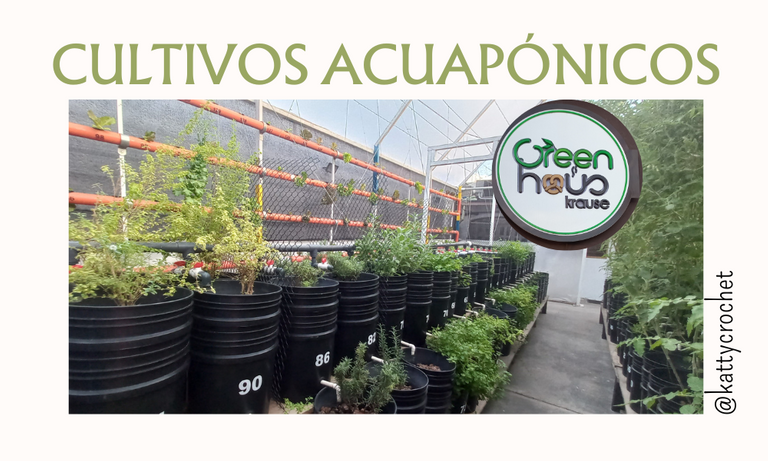

Este restaurante cuenta con un huerto donde cultivan las plantas que utilizan en su cocina para ofrecer a sus clientes los mejores platillos, con ingredientes frescos y orgánicos.
Blessed day friends of Hive, today I want to tell you about my experience getting to know a beautiful aquaponic garden. A few months ago I was visiting the city of Lechería where I met a very special and particular restaurant, I already told you about this place in a previous post. This restaurant has an orchard where they grow the plants they use in their kitchen to offer their customers the best dishes, with fresh and organic ingredients.

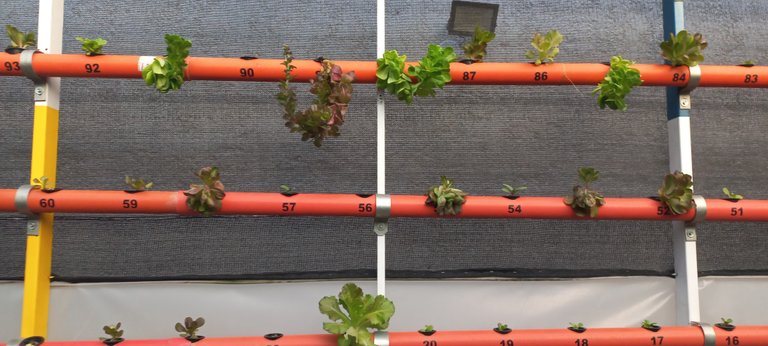
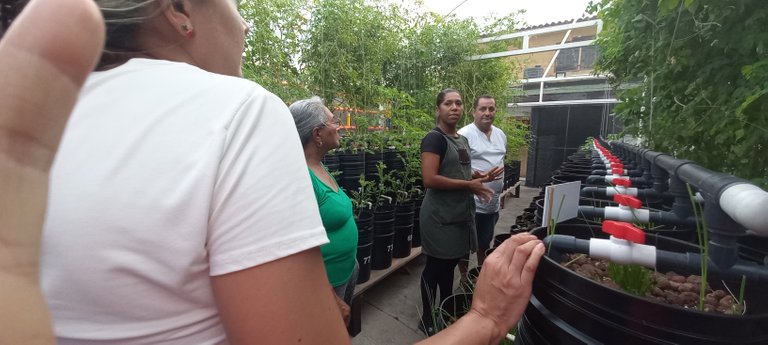
Según lo que nos explicaron, la agricultura acuapónica es una mezcla del cultivo hidropónico y la acuicultura. La hidroponía, por su parte, consiste en cultivar las plantas con un sistema en el cual las raíces no necesitan estar en el suelo, sino que se cultivan en agua. Por otro lado, la acuicultura tiene que ver con la cría de peces en estanques. Al combinar estas dos técnicas de cultivo, los desechos producidos por los peces se convierten en nutrientes para las plantas.
When we visited the restaurant we took a short walk through the facilities in which we were shown the garden. The person in charge of the cultivation gave us a small talk in which he explained how this type of cultivation works. It was a really new and interesting experience.
According to what they explained to us, aquaponic agriculture is a mixture of hydroponic cultivation and aquaculture. Hydroponics, on the other hand, consists of growing plants with a system in which the roots do not need to be in the soil, but are grown in water. Aquaculture, on the other hand, involves raising fish in ponds. By combining these two farming techniques, the waste produced by the fish is converted into nutrients for the plants.
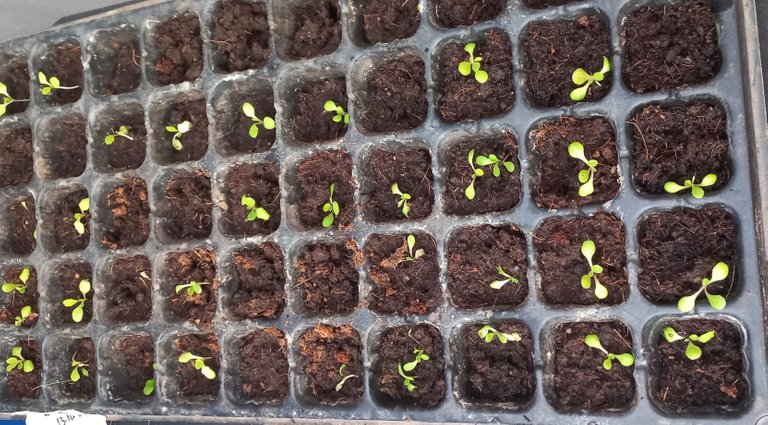
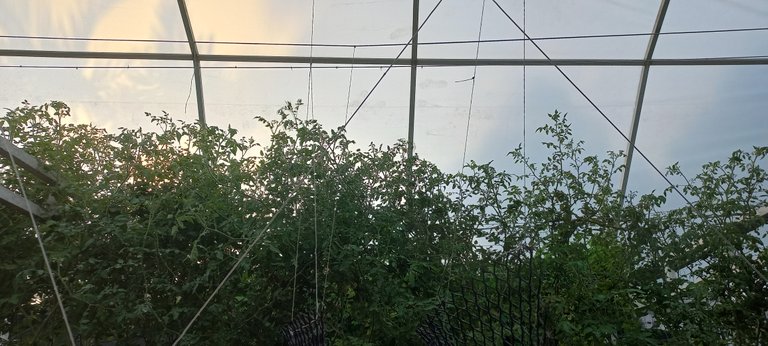
Según este artículo Acuaponia: Producción de Plantas y Peces
"La acuaponia es un sistema de producción cerrado que integra la técnica de la acuicultura con la hidroponia, es decir, es una combinación de la producción de peces y la producción de hortalizas sin suelo por el medio común “agua”. Las plantas y los peces crean una sinergia, ya que los desechos metabólicos de los peces son aprovechados como nutrientes por los vegetales para crecer, mientras que las plantas limpian el agua y eliminan los compuestos tóxicos para los peces (principalmente amonio y nitritos), reduciendo la frecuencia de renovación del agua. Sin embargo, en este sistema también intervienen microorganismos que inciden en los procesos de mineralización y nitrificación; principalmente bacterias nitrificantes. Este sistema de producción intensiva sustentable requiere de condiciones ideales para que exista interacción entre peces, microorganismos y plantas".
I found this system really amazing and interesting so, after visiting this place, I had the interest to investigate a little more about the subject. I share with you a much broader and more concrete concept that I have read on the web, so that you have a clearer idea.
According to this article Acuaponia: Producción de Plantas y Peces
"Aquaponics is a closed production system that integrates the technique of aquaculture with hydroponics, i.e. it is a combination of fish production and soil-less vegetable production by the common medium "water". Plants and fish create a synergy, as the metabolic wastes of the fish are used as nutrients by the vegetables to grow, while the plants clean the water and remove compounds toxic to fish (mainly ammonium and nitrites), reducing the frequency of water renewal. However, this system also involves microorganisms that affect the mineralization and nitrification processes, mainly nitrifying bacteria. This sustainable intensive production system requires ideal conditions for interaction between fish, microorganisms and plants."

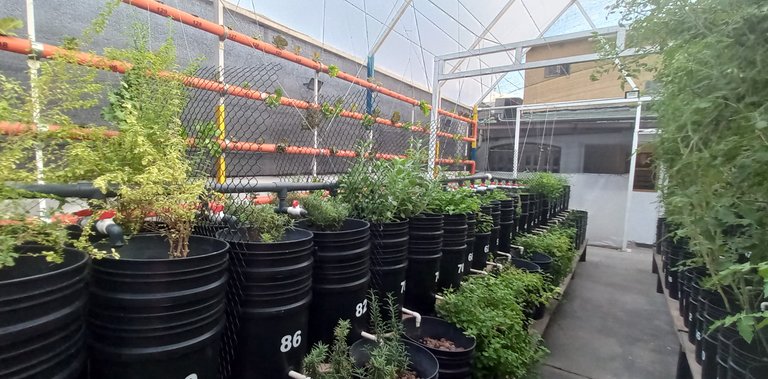
With this type of cultivation there are many vegetables that can be grown, one of the most common is lettuce. In the garden of Green Hause Krauss there is a great variety of plants; we could see different types of lettuce, a great variety of tomatoes, basil, mint, oregano, rosemary, among other vegetables.
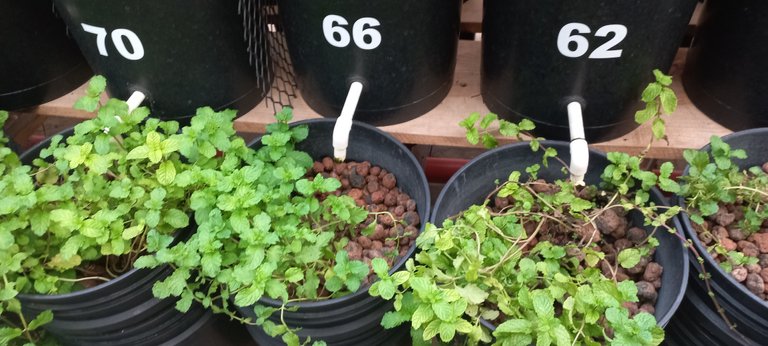

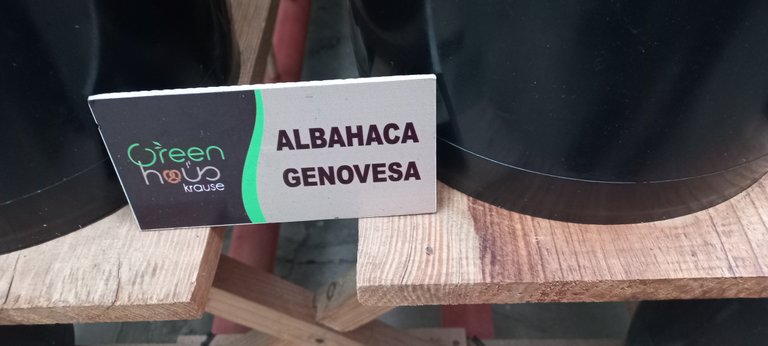
The fish that are bred in this pond is the Tilapia, this is a very commercial fish and is ideal for breeding and culture, since its reproduction is quite fast. They adapt very well to living in small spaces and thousands of them can be bred in a single tank.
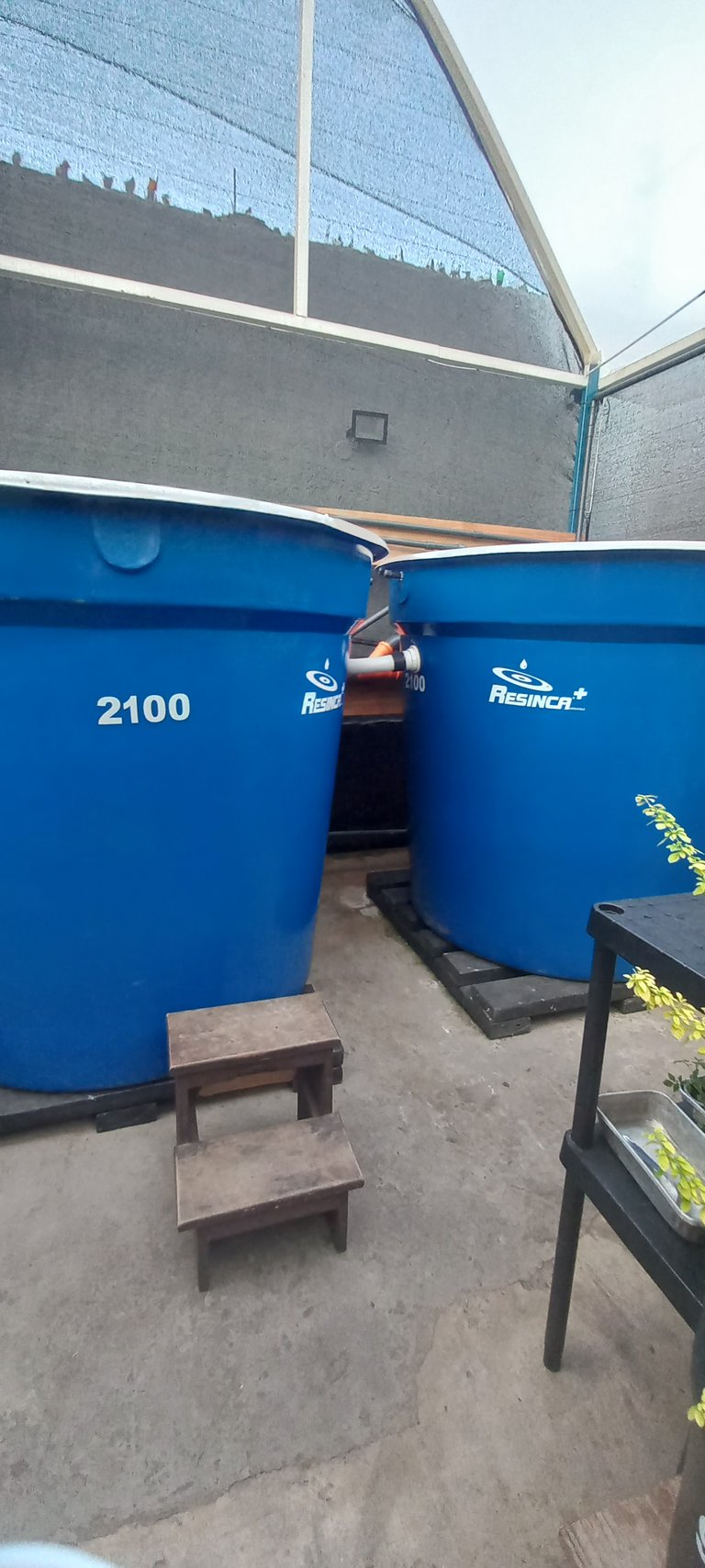

This garden is built in a very organized way. We were able to see a system of pipes through which the water from the fish tank circulates. There are also a lot of buckets in which a construction material called "aliven" is placed. This material is very light and is ideal for this type of crops.
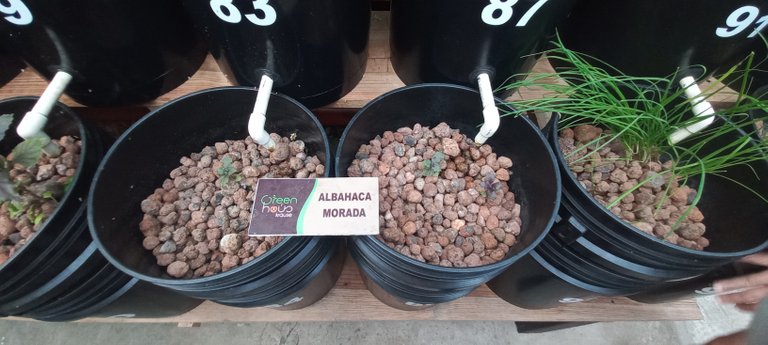
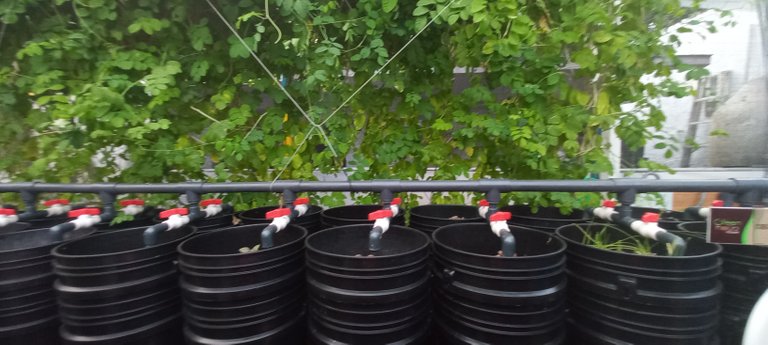
Fue un placer compartir esta experiencia tan agradable con ustedes, gracias por leer, saludos y bendiciones.
The experience of getting to know this garden and having the information about this type of crops was really wonderful. I think the idea of having this type of garden in a restaurant is very innovative, not only for offering dishes with organic ingredients, but also for the opportunity offered to visitors to take a tour of the garden.
It was a pleasure to share this pleasant experience with you, thank you for reading, greetings and blessings.
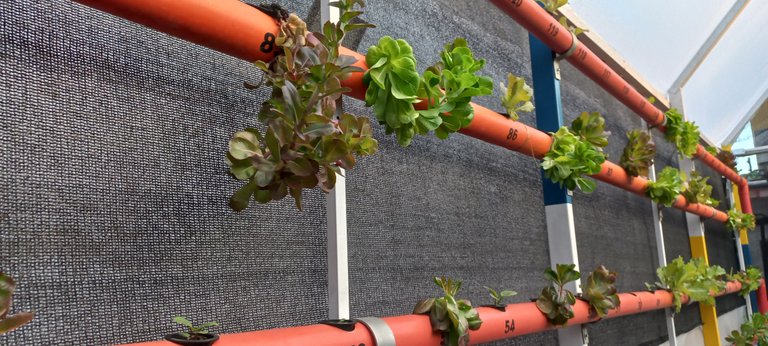
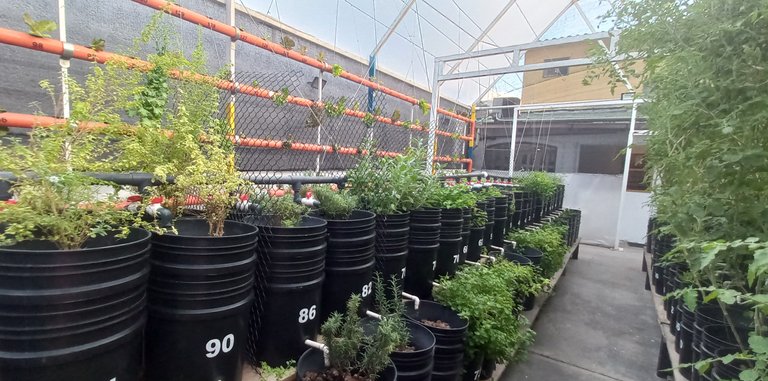

Todas las fotos fueron tomadas con mi celular Samsung A32.
Banners, separadores de textos y firma digital son diseñados por mi en Canva.com
Uso traductor Deepl

Congratulations!
Your post has been manually curated and reblogged.
You can follow our curation trail on Hive.Vote
If you want to support us and the authors we vote for you can upvote this comment or delegate some Hive Power to our account. Thanks!
Propose a worthy post by mentioning us in the post or in a comment.
We reblog curated posts, follow us if you wish to see them in your feed.
Thanks so much
Has sido votado por
PROYECTO ENLACE
'Conectando Ideas y Comunidades'
PROYECTO ENLACE es un proyecto de curación de habla hispana enfocado en recompensar contenido de calidad y apoyar autores en su proceso de crecimiento en HIVE.
Creemos y apostamos por el futuro de esta gran plataforma, y estamos muy emocionados de poder hacerla crecer junto a esta comunidad. Así que te invitamos a publicar en nuestra COMUNIDAD y estar atento a todas las actividades que tenemos preparadas y que estaremos publicando en breve.
¿QUIERES AUTOMATIZAR TUS GANANCIAS DE CURACIÓN? SE PARTE DEL PROYECTO ENLACE APOYANDO A NUESTRO TRAIL EN HIVE.VOTE INGRESA AQUÍ PARA CONOCER LOS DETALLES.
¿QUIERES INVERTIR ENLACE? DESCUBRE COMO HACERLO Y GENERAR INGRESOS DE FORMA SEMANAL MEDIANTE TU DELEGACIÓN DE HP AQUÍ TE EXPLICAMOS COMO.
Te invitamos a participar en nuestro servidor de Discord: https://discord.gg/3S9y7BbWfS
Atentamente
EQUIPO ENLACE 2023
Congratulations @kattycrochet! You have completed the following achievement on the Hive blockchain And have been rewarded with New badge(s)
Your next target is to reach 85000 upvotes.
You can view your badges on your board and compare yourself to others in the Ranking
If you no longer want to receive notifications, reply to this comment with the word
STOPCheck out our last posts: